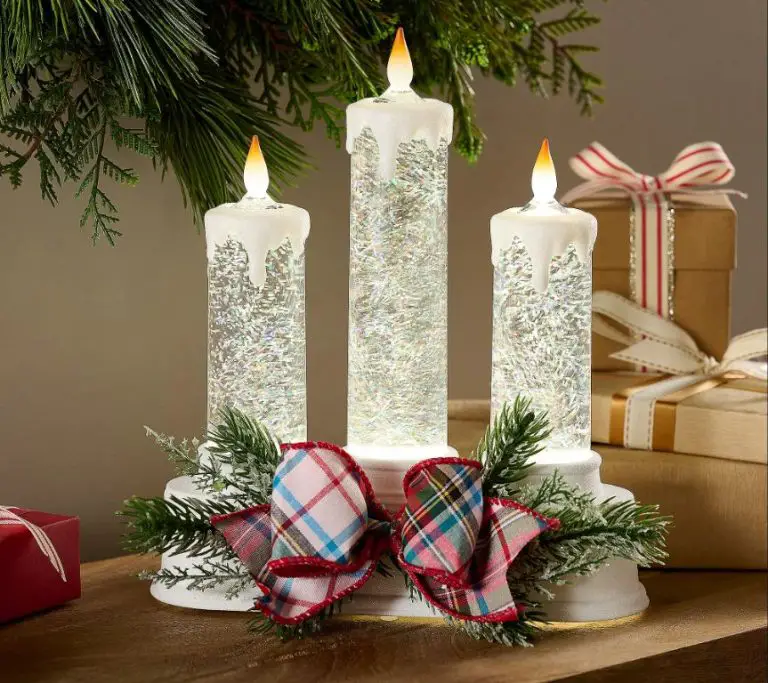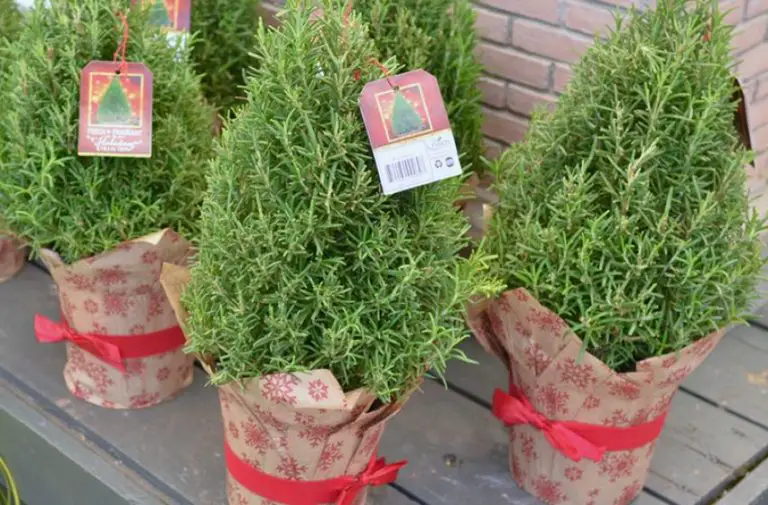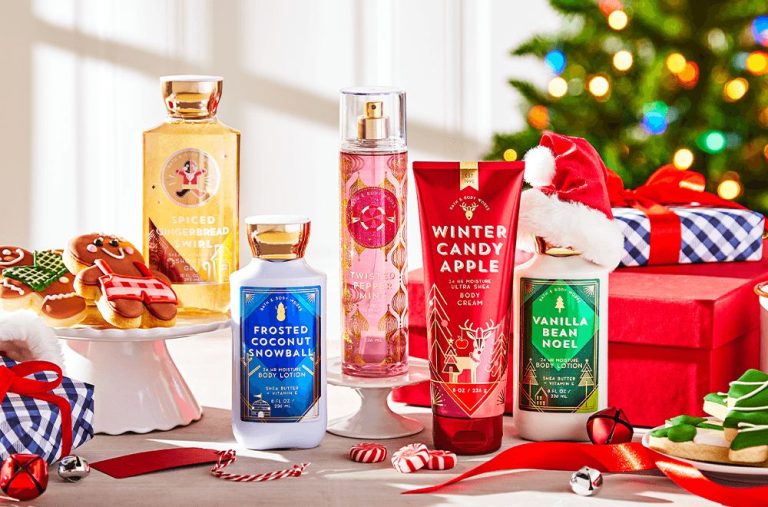Who Buys Candles Online?
With online retail sales booming, it’s no surprise that candles have become a popular ecommerce product. According to the National Candle Association, U.S. retail sales of candles total an estimated $3.14 billion annually, with a growing share of those sales happening online.
In fact, the global candle market is projected to reach $13.2 billion by 2027, up from $9.4 billion in 2021. Much of this growth is being driven by consumer demand for home decor items like candles, as well as increased online shopping and direct-to-consumer sales. Ecommerce presents an opportunity for candle brands to reach broader audiences without relying solely on physical retail stores.
Demographics

Research shows that the biggest buyers of candles are consumers under 25 or over 55 years old. The age groups in the middle tend to purchase fewer candles. In terms of gender, studies find that the majority (80%) of candle purchasers are female. This aligns with the view that scented candles are appealing as home decor and gifts, which women tend to purchase more often. Geographically, candle sales are highest in the Midwest and South regions of the United States. Household income also impacts candle buying habits – households earning over $50k annually account for around 65% of candle sales.
According to the National Candle Association, the typical candle buyer is a woman between 25-54 years old with a median household income over $55k. Rural shoppers tend to prefer candles for home fragrance over other options. There is also a trend of Gen Z and millennials purchasing more candles, especially soy candles, driven by interest in self-care, aromatherapy and sustainable products. Overall, candle sales have grown steadily over the past decade due to their wide appeal as home decor, gifts, and fragrance products.
Psychographics
When it comes to the values, lifestyles and personalities of online candle buyers, research shows there are some common psychographic patterns. Women aged 17-26 often buy candles as part of decorating their homes and expressing their sense of style, according to https://www.sisinternational.com/solutions/qualitative-quantitative-research-solutions/psychographics-market-research/. Others purchase candles as gifts for friends and family, reflecting their desire to find meaningful presents, says https://keap.com/business-success-blog/marketing/email-marketing/why-psychographic-segmentation-is-important. Research shows that those who prefer candle shopping online tend to value convenience, selection, and competitive pricing. They also like to read product reviews before making purchases. In terms of personalities, frequent online candle buyers are often described as thoughtful, caring, sentimental and appreciative of unique, handmade items.
Purchase Motivations
According to Facts & Figures, consumers have various motivations for purchasing candles online. A major one is for gifting – candles make popular gifts for birthdays, anniversaries, holidays, and other special occasions. Their wide appeal, affordability, and ability to convey thoughtfulness make them a top gifting choice.
Using candles in home decor is another key purchase driver. Scented candles help create ambiance and tie together a room’s aesthetic. Stylish candle holders also function as decorative accessories. Per research from Gifts & Dec, enhancing home decor ranks among the top reasons people buy candles.
Candles are also purchased for relaxation and self-care. Their soft lighting and calming scents provide a soothing environment that reduces stress. Many utilize candles as part of their nightly wind-down ritual or aromatic therapy. The LinkedIn article notes that consumers often buy candles to create a spa-like escape.
Finally, eco-conscious shoppers appreciate candles’ renewable and biodegradable nature compared to electric lighting. Beeswax and soy candles especially appeal to environmentalists seeking natural, non-toxic products.
Most Popular Candle Types
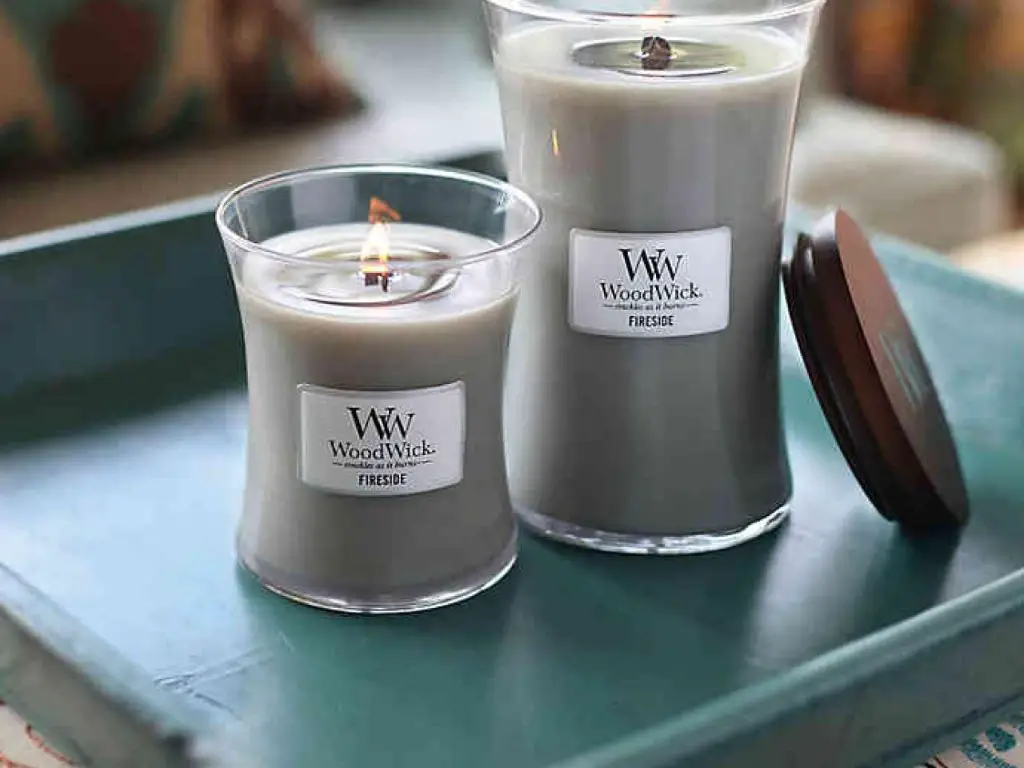
According to the National Candle Association, container candles and jar candles in various sizes are currently the most popular types of candles with American consumers. Jar candles allow the consumer to see the wax and fragrance, while container candles often are decorative to match home décor. Top types of candles according to market trends include:
- Scented candles – Scented candles infuse fragrance into the wax to create an aromatic experience. Scented candles are very popular, with best-selling fragrances like vanilla, pumpkin spice, beachy scents, and floral bouquets. Market research shows 74% of consumers reported purchasing scented candles.
- Soy candles – Soy wax candles are growing in popularity as an alternative to paraffin wax candles. Soy wax is made from soybeans and burns cleanly. The natural wax holds scent well. Soy candles made up 18% of the candle market in a National Candle Association study.
- Pillar candles – Pillar or taper candles are long, cylindrical candles that are often unscented. These versatile candles come in varying heights and widths for use in candleholders, candelabras, and table centerpieces. Pillar candles accounted for 12% of industry sales.
- Votive candles – Votive candles are small candles poured into containers with a typical burn time up to 15 hours. Popular uses include votive holders, small decorative displays, and scattering in events. Votive sales made up 11% of the market.
- Tealight candles – Tealights feature a small round candle inside a metal container with a typical burn time of 4-6 hours. Tealights are inexpensive, portable, and used for accent lighting in groups. Tealight sales were 9% of industry totals.
Brand Preferences
When buying candles online, certain brands stand out as customer favorites. According to recent data, the most popular candle brand purchased online is Yankee Candle. Founded in 1969, Yankee Candle offers a wide selection of candle scents and sizes, from small jars to extra-large pillars. Customers appreciate their strong scents and long burn times. Another top brand is Bath & Body Works, known for their affordable and sweet-smelling candle options. Voluspa is also a highly-rated brand amongst candle buyers, providing elegant packaging and exotic fragrances like Japanese Plum Blossom. Beyond the major brands, many customers are drawn to artisanal, small-batch candle makers that provide a more unique product. These boutique brands allow customers to discover new scents while supporting independent businesses.
Purchasing Behavior

According to a recent study on candle purchasing behavior, the frequency of candle purchases increased during the COVID-19 pandemic. Many consumers started purchasing candles more often to create a soothing environment and pleasant scents at home. The average basket size also grew, with consumers buying multiple candles per order. This was driven by candle bundles and gift sets offered by brands.
Most online candle purchases occur via mobile phones – over 60% according to the research. This indicates that convenience and ease of use are priorities for buyers. Many purchases happen in the evening hours when consumers have leisure time to browse and shop online.
Seasonality plays a role as well. Candle sales tend to peak in the fall and winter months leading up to the holidays. Limited edition seasonal scents help drive this trend. However, summer sales are growing as consumers use candles year-round in their homes.
Product Research
Before making a candle purchase online, many buyers spend time researching products and reading reviews. According to a survey from Quora, 84% of respondents said they read reviews of candles before deciding which ones to buy. Review sites like Amazon and Etsy provide a wealth of customer feedback on factors like scent, burn time, packaging, and more. This allows buyers to get a sense of quality and value before making a purchase.
Comparing prices is another important part of the research process. According to LinkedIn, price filtering makes it easy for buyers to narrow down their options within a certain budget range. Sites like CandleScience.com allow sorting by price per ounce so shoppers can find the best deals. Price checking on multiple sites helps buyers get the lowest price on any given candle.
Many online candle buyers also browse for inspiration before deciding what to purchase. Pinterest boards and candle brand Instagram feeds provide visual ideas on scent options, vessel styles, gift packaging, and decor pairing. This window shopping phase allows buyers to discover new candle designs that appeal to their tastes.
Future Trends in Online Candle Purchasing
Several key trends are emerging that will shape the future of the online candle market over the next few years:
Increased personalization – More brands are offering options for customers to customize candles with personalized photos, messages, colors, scents, and container designs. Companies like Make Your Own Candle allow full customization. Personalization feeds into consumers’ desire for unique, meaningful gifts.
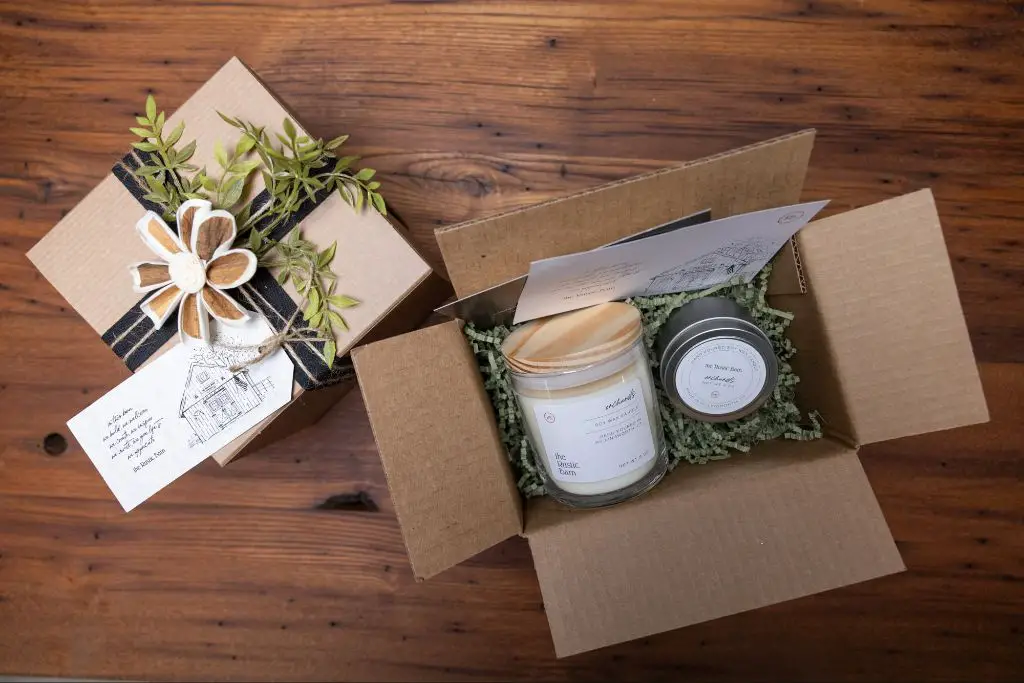
Subscription services – Subscription boxes for recurring candle deliveries are gaining popularity. Brands like Scentbird and Luxury Scent Box tap into consumers’ appreciation for surprise, variety, and convenience. The subscription model helps brands foster loyalty and recurring revenue.
Eco-friendly options – Demand is growing for natural, sustainable candles made from soy, beeswax, and other eco-friendly materials. Consumers want options with less soot, toxins and pollutants. Many eco-friendly candle brands like Anecdote Candles and Keap are finding success online by promoting their sustainability.
Overall, consumers want an elevated, personalized candle buying experience. Brands that leverage customization, subscriptions, and eco-friendly offerings will be poised for success in the years ahead.
Conclusion
In summary, there are a diverse range of people who purchase candles online today. Key demographics include women 25-54, higher income households, and those living in suburban or rural areas. Psychographic profiles often include appreciation for home decor, relaxation and self-care rituals, and expressing creativity through one’s environment.
Top motivations for buying candles online include seeking discontinued or hard-to-find scents, convenience of home delivery, ability to easily compare prices and reviews, and accessing a wider selection of unique candle brands than local stores. Customization and personalization features are also popular.
When it comes to the most in-demand candle types, scented soy candles, luxury beeswax candles, and scented pillar candles rank among the highest. Consumers have an affinity for reputable small batch and artisanal candle brands that focus on quality ingredients and appealing scents.
In terms of purchasing behavior, many consumers research candle brands and read reviews extensively before making a purchase. Impulse buys are less common in online candle shopping compared to in-store. Candle lovers also frequently join candle subscription services to receive monthly candle deliveries.
Looking ahead, we can expect further growth in the online candle industry as customers continue to embrace online shopping. Personalization and curated subscriptions will likely increase as consumers desire more tailored experiences. Sustainability and clean-burning materials will also be key trends to watch. The vibrant community of candle enthusiasts ensures strong ongoing interest in artisanal candle brands and unique scent options.
We hope this overview provides helpful insights into today’s online candle shopper. Please contact us if you have any other questions!

